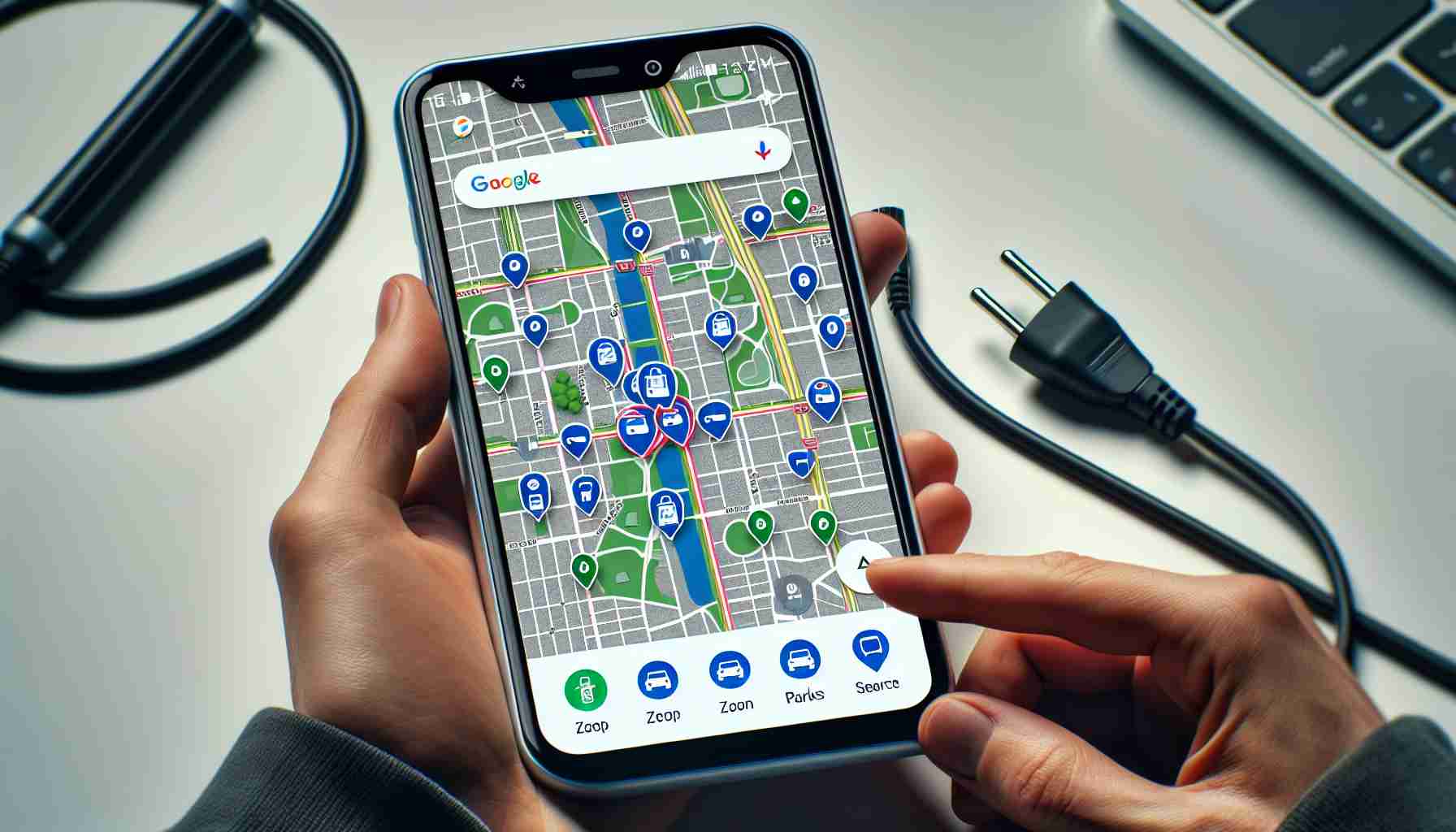Aiding Electric Vehicle Owners
Google Maps enhances the experience of electric vehicle owners by highlighting EV charging stations within its app. This improvement in Google’s navigation service represents a significant step for those adopting eco-friendly transportation modes.
Google Maps Bolsters EV Support
This feature, specifically designed for users of Android Auto, has been optimizing the navigation experience for electric vehicle drivers since 2022. Users can now see detailed and relevant information about EV charging options directly on their route. The intent is to alleviate the worry of running out of charge and to simplify planning for EV users.
How to Find Nearby Charging Points on Google Maps
Drivers can locate charging stations easily by adjusting their settings to indicate their vehicle’s plug type and using the search category for EV charging. This functionality not only shows real-time status of charging ports but also offers filters to find the most suitable charging spots, including those based on the desired charging speed. Furthermore, Google Maps has made it convenient to find charging stations incorporated at common stop locations like supermarkets.
Overcoming EV Charging Obstacles
Despite these advancements in navigation tools, the electric vehicle industry confronts obstacles ranging from inadequate infrastructure to material shortages and power grid demands. Companies like EcoG are developing software to streamline the establishment and management of charging networks. Google is proceeding to enhance Maps, bringing in AI to refine its suggestions and create richer, more immersive visualizations that cater to the needs of modern EV users.
Key Questions and Answers:
Q1: Why has Google Maps added EV charging stations to its platform?
A1: Google Maps has incorporated EV charging station data to support the growing number of electric vehicle owners who require accessible information about where to recharge their vehicles. This service reduces range anxiety and helps drivers plan trips more effectively.
Q2: What type of information can users expect to find about EV charging stations in Google Maps?
A2: Users can find the location of charging stations, the number of available chargers, plug types supported, charging speeds, and sometimes user reviews and photos. Additionally, real-time charging station occupancy may be provided where supported.
Q3: Are there any significant challenges associated with using Google Maps to find EV charging stations?
A3: One potential challenge is the accuracy and timeliness of the data. Charging station availability can change rapidly, and the information on Google Maps may not always reflect real-time occupancy or operational status. Additionally, some regions may have less comprehensive coverage of charging stations.
Advantages and Disadvantages:
Advantages:
– Convenience: Users can quickly locate EV charging stations along their route, making trip planning easier.
– Customization: Google Maps allows filtering by plug type and charging speed, ensuring compatibility with a user’s specific EV.
– Integration: It integrates with Android Auto, offering a seamless experience for drivers using the app.
Disadvantages:
– Data Accuracy: The real-time accuracy of charger availability may vary, leaving users with potentially outdated information.
– Geographical Limitations: Coverage may be inconsistent, with some areas having detailed data and others lacking information on charging infrastructure.
– Dependency on Connectivity: Accessing these features requires a data connection, which could be problematic in rural or underserved areas.
Key Challenges and Controversies:
– Ensuring the up-to-date information of charging station status and availability.
– Addressing the lack of infrastructure, particularly in rural areas where EV charging options may be sparse.
– Balancing the power grid demand and the increasing need for electricity as more EVs are on the road.
Related links that offer further information on the topic of electric vehicles and charging infrastructure include:
– Google Maps
– Tesla’s Supercharger Network
– ChargePoint
– PlugShare
Remember to verify the URLs as 100% valid before including them as related links. The suggested links are to main domains and provide additional resources relevant to the topic of finding electric vehicle charging stations and broader context for electric vehicle infrastructure initiatives.
The source of the article is from the blog cheap-sound.com
